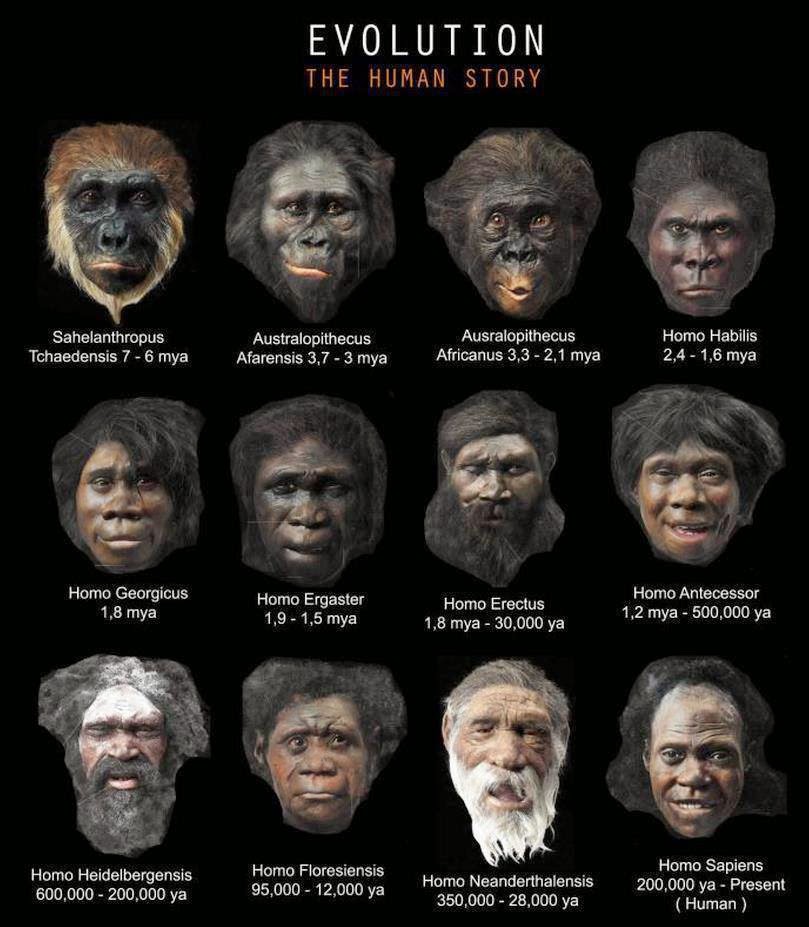Bioantropologia do PPGA no II BioAnthropological Meeting - Coimbra
As alunas de Doutorado do
Programa de Pós Graduação em Antropologia - PPGA/UFPA: Ligia Filgueiras e
Ariana Kelly L. S da Silva, participaram entre os dias 29 e 30 de Maio de 2015
do II BAM - BioAnthropological Meeting, evento de grande importância na
área da Bioantropologia da Europa, que ocorreu na cidade de Coimbra, Portugal, no
Departamento de Ciências da Vida da Faculdade de Ciências e Tecnologia da
Universidade de Coimbra (DCV-FCTUC).
As discentes participaram do II
BAM com duas Apresentações Orais, intituladas: “Nutritional status of the
Riverine population of the Caxiuaña National Forest, Melgaço-Pará, Brazil” e “Social determinants of health
and Sickle Cell Disease in Amazonia”, ambos com coautoria do Prof. Dr.
Hilton P. da Silva (PPGA/UFPA).
Os resumos e o link do evento
seguem abaixo:
"Nutritional
status of the riverine population of the Caxiuanã National Forest,
Melgaço-Pará, Brazil"
Ligia Amaral Filgueiras (ligiafilgueiras@gmail.com)
Hilton P. da Silva (
Universidade Federal do Pará - UFPA
Programa de Pós-Graduação em Antropologia - PPGA
Instituto de Filosofia e Ciências Humanas - IFCH
Laboratório de Antropologia Arthur Napoleão
Figueiredo
Cidade Universitária José da Silveira Netto
R. Augusto Corrêa, 01 - Campus Universitário do
Guamá
66075-900,
Belém, Pará, Brasil
The “riverine”
in the Brazilian Amazon are non indigenous, peasant populations, with intense
miscegenation among white settlers, the indigenous native population and the
enslaved black African. They are small producers, with specific life manners
who depend and deeply know the nature and its cycles and use relatively simple
technology. Like other invisible and vulnerable populations in the Amazon,
their general living conditions have been poorly studied. This study analyzed
the weight status of a representative sample of the population of Caxiuanã
National Forest, Melgaço-PA, Brazil and its surroundings. 360 people (171 men,
189 women; 75 0-5 year old children – 39 girls, 36 boys; 66 5-10 year old children
– 41 girls, 25 boys) were analyzed based on the WHO parameters (weight/height,
height/age, weight/age, BMI/age, weight, height, waist circumference, BMI). 44%
of 0-5 year old children were bellow -2, and 12,12% of 5-10 year old children fell
below -3 Z-score indicating an energy loss process, possibly due to a durable
food shortage state, especially the girls. Youth, adults and seniors were
considered standard, with only a small variation up on waist circumference of
older women. Malnutrition in children is common in Amazon rural population in
contrast to adults. Children with low weight status due to malnutrition are
more likely to become overweight adults in the future. Therefore, it is urgent
to develop public health programs in order to give greater attention to the
situation of children of current rural Amazonian populations so that future
problems such as obesity and hypertension are minimized.
Key-Words: Amazon population, Malnutrition, WHO parameters, Z-scores, Children
"Social Determinants of Health and Sickle Cell Disease in Amazonia"
Ariana K Silva1
Hilton P Silva1
1. Universidade Federal do
Pará, Programa de Pós Graduação em Antropologia, Laboratório de Estudos
Bioantropológicos em Saúde e Meio Ambiente. Rua Augusto Corrêa, 01, Guamá,
Belém, PA, Amazonia, Brazil.
Sickle Cell Disease
(SCD – HB*S) is the most
prevalent genetic syndrome of the world. In the Amazon, it is estimated the SCD
affects 1% of the population, which faces challenges considering the Social
Determinants of Health (SDH) such as limited access to health services,
biosocial vulnerability, lack of knowledge about the SCD and skin color stigma
at medical services. This study examined 40 SCD patients from the Belém
Regional Hemocenter, investigating income/education, ethnic
racial/institutional prejudice, SCD perceptions and its kinds of treatment, in order
to understand how biology and culture interact on their daily routine.
Ethnographic and qualitative research was used, based on participant
observation and interviews conducted in the Hemocenter Regional (Blood
Center/Belém), Brazil, to 40 people with SCD (05-49 years/age), representing
10% of the population affected in the State of Pará. 42% of the families have
low income (approximately US$45/person/month in 2012), 70% have only primary
education, 96% depend exclusively on the public health services, and 57%
suffered some type of racial/institutional prejudice. SCD is seen by these
people as a "disease that comes from black people". In conclusion,
the racialization of SCD is a SDH which hinders its diagnosis and treatment. As
it involves biological and sociocultural aspects, SCD is a complex ailment,
requiring specific public policies and better qualification of the health
services to meet the needs of Amazonian communities.
Keywords: Genetic Disease; Institutional
Racism; Black; Brazil.
Mais informações: http://www.uc.pt/fctuc/dcv/eventos/2015/IIbam
 |
| A Doutoranda Ariana Silva durante Apresentação Oral Foto Oficial do II BAM |






Comentários
Postar um comentário